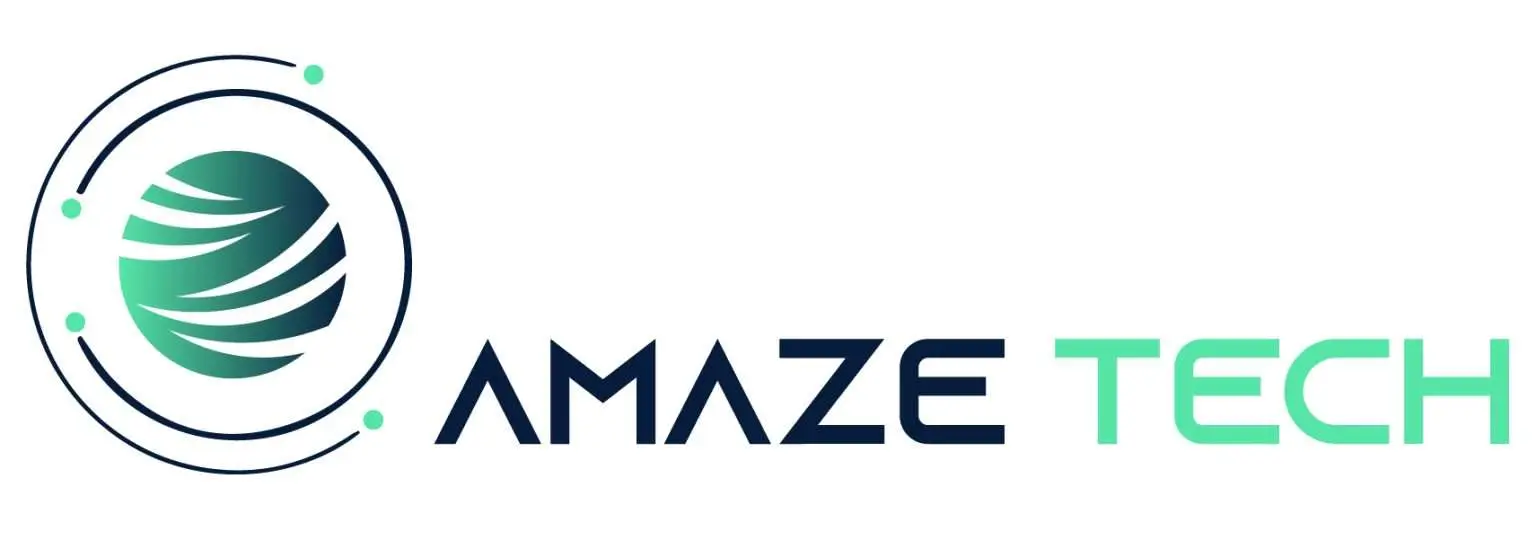Conversion rates are literally the lifeblood of any digital marketing campaign. This term actually defines how good your efforts in making visitors turn into customers or leads will convert; that is to say, serve as a direct measurement of effectiveness. Be you running social media ads, email campaigns, or maybe trying to optimize your website, an increased conversion rate might greatly fuel the growth in revenues and maximization of return on investment.
Improving conversion rates does not depend on the implementation of just one or two changes; it requires understanding your audience, testing strategies, and creating a seamless user experience. This blog goes ahead to encompass actionable steps you can take to enhance conversion rates and meet your marketing goals.
Understanding Conversion Rates in Digital Marketing
This is the number of users who carry out the desired action on your website. Depending on the goals, such actions may include making a purchase, filling out a form, subscribing to a newsletter, downloading a resource, and other activities.
For instance, if 1,000 people visited your website and 50 made a purchase, that is a 5% conversion rate.
A good conversion rate varies across different industries and on which platform, but even a small rise can have enormous implications. A high conversion rate is a clear sign that the marketing strategy is working correctly while showing points that need work through a low conversion rate.
Factors Influencing Conversion Rates
One needs to understand what impacts conversion rates for improvement. Some of the major factors include the following:
1. Design and usability: If people cannot access your site, they are probably not converting.
2. Relevance: Content that cannot connect or cater to pain points often results in fewer conversions.
3. Trust Signals: Testimonials, certifications, security badges often increase the amount of action by consumers.
4. Mobile Friendliness: As mobile traffic increases, a poor mobile experience can harm your conversion rates.
5. Speed of the page: A slower page is fast enough to scurry people before they can even witness your offer.
Conversion Optimization Strategies
Enticing and Meaningful Content
Content is power in digital marketing. It makes a difference which one is through blog posts, describing products, and videos. A good content to your users that answers their various needs. One may be for example to list the benefits to enjoy in utilizing the service for sale instead of its features.
Strategically placing keywords can also help improve search engine ranking and attract more qualified leads who have a higher potential for conversion.
Simplify Your Website Navigation
User experience (UX) is a very important factor in converting. A disorganized or cluttered website may frustrate a user and force them to abandon your site. To simplify your website navigation:
- Use clear menus and labels.
- Add a search bar to find content easily.
- Reachable all contact and product pages.
Conversion Rate Optimization testing. A/B Test
Compares two versions of a webpage, ad, or email to determine which one performs better. Some testable elements include:
- -Headlines.
- -Button colors.
- -Layouts.
- -CTAs.
You test and refine relentlessly, you find out what works for your audience.
The Strong and Clear CTAs
A CTA is the call to a user to do something. In order for it to be effective, it should be designed in the following ways:
- -Make sure your CTA button stands out with the surrounding colors.
- -Use words of action, such as “Get Started Now” or “Claim Your Discount.”
- -Place your CTA at the end of a blog post or on a product page.
- Optimize for Mobile
With mobile users accounting for a huge chunk of online traffic, mobile optimization is a must. Make sure your site is responsive, loads fast on mobile, and has easy-to-click buttons.
Build Trust with Social Proof
Social proof makes your potential customers feel safe and confident about the quality and dependability of your product or service. That includes:
- -Customer reviews and ratings.
- -Case studies or success stories.
- -Influencer endorsements.
Display these trust factors on your website, including landing pages and close to CTAs.
Personalize
Personalized experiences attract users based on their unique preferences. The more a user feels a connection to a website, the higher the conversion rate. For instance:
- -Utilize customer data to suggest products based on previous behavior.
- -Personalize emails with the recipient’s name.
- -Customize ads for specific demographics or interests.
- -According to research, personalized content can increase engagement rates by up to 80%.
Optimize Page Load Speed
A fast-loading website is important for keeping users engaged. Studies show that a delay of even one second can reduce conversions by 7%. Use tools like Google PageSpeed Insights to identify issues and improve loading times by:
- -Optimizing images.
- -Using a Content Delivery Network (CDN).
- -Reducing server response times.
For e-commerce businesses, the checkout process is a point where a majority of users drop off. To streamline it:
- -Minimize form fields
- -Multiple payment methods
- -Guest Checkout removes friction
It creates less abandoned cart and increased in conversion rates
Utilize Retargeting Advertisements
Retarget ads are efforts to remind individuals about your offer once they are away from the destination. This process is quite highly effective for remobilizing engaged users who made an initial click but failed on the first stage of conversion.
Even more significantly, dynamic retargeting showing products users previously viewed may make better results.
Videos are successful in grabbing peoples’ attention and also increasing the number of conversions as they are short and colorful. Add an explainer video to the landing page or a product page to show the value proposition quickly and painlessly.
Apply Limited-Time Deals
According to statistics, the number one driver of conversion is urgency. Make limited time offers, provide countdown timers and special offers, get people into acting now or lose it.
Analyze
Use analytics tools, such as Google Analytics, HubSpot, or Crazy Egg, to understand user behavior. Find where users are falling off and where the highest bounce rates occur on your pages. All of this will help make data-driven decisions to optimize marketing efforts.
Add Live Chat
Live chat functionality will give support to the user in real time and will answer the query immediately so that their concern gets resolved and prevents them from converting. 24/7 assistance is also provided by AI-powered chatbots.
Remarketing
This means you can remarket to users who have visited your website but have not converted. You remind the users of your brand by showing them targeted ads on Google or Facebook, thus completing the journey for them.
Enhance Visual Appeal
This is probably the most critical driver for conversion-your website and marketing collateral design. Quality images, good videos, and interesting lay hold of people’s attention and earn their trust. You should not have a cluttered website, and branding consistency is, of course, ideal.
Final Verdict
Conversion rates in digital marketing require a mix of creativity, analytics, and a user-centric approach. If you optimize your website through some of the most powerful conversion strategies with strong CTAs, personalization, and a trackable campaign, you will grow very significantly in conversion. We create bespoke digital marketing strategies that get results. Whether you need engaging content, high-converting landing page design, or data-driven ad campaigns, we’re here for you. Contact Amazetech to take your marketing to the next level!





